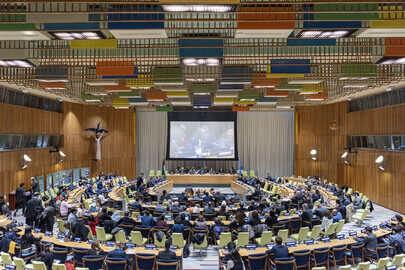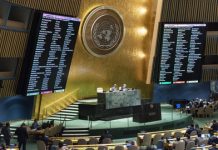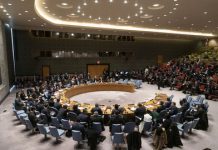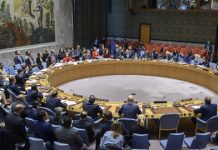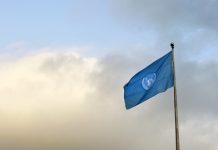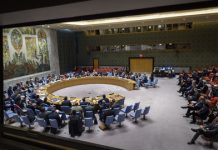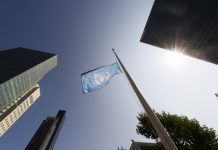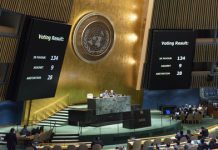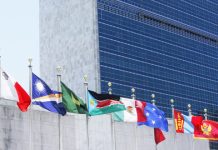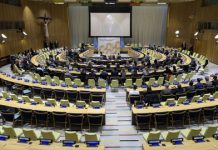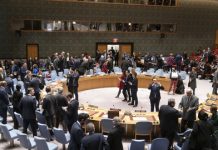The waiver allows the continuation or resumption of “life-saving humanitarian assistance” including HIV treatment.
That means 20 million people living with HIV and whose medication is funded by the US can continue to receive treatment. “That’s 20 million out of the 30 million people living with HIV in the world,” said Christine Stegling, Deputy Executive Director of UNAIDS, at scheduled press briefing in Geneva.
Although it is expected that governments around the world will respond to the US announcement by supporting existing medication plans, “what we’re really concerned about is that…governments will focus right now on keeping people on treatment rather than preventing new infections” she explained.
The HIV global response is heavily dependent on funds from the US President’s Emergency Plan for AIDS Relief (PEPFAR); it finances 70 per cent of the overall AIDS response.
Since its creation in 2003, PEPFAR has saved more than 26 million lives by investing in critical HIV prevention, treatment, care and support programmes in 55 countries, according to UNAIDS.
Nevertheless, “there is a lot of confusion on the ground especially at the community level on how the waiver will be implemented”, Ms. Stegling reported, pointing to disruption of treatment services.
Transport services and community health workers are also still impacted by the US funding pause, according to UNAIDS.
Drop-in centres at risk
The agency – which works with 70 countries – highlighted that the pause in US assistance to community programmes would lead to the closure of many drop-in health centres and the termination of outreach workers’ contracts, effectively depriving vulnerable groups of support.
The biggest interruption will be to community health services which have been crucial in the success of the fight against HIV, according to UNAIDS.
In Ethiopia, 5,000 public health worker contracts depend on US assistance. “All of these, in all regions of Ethiopia, have been terminated, as well as 10,000 data clerks, very important in Ethiopia”, added Ms. Stegling.
Critical services cut
Thousands of individuals – women, young girls, and priority populations at higher risk of sexually transmitted infections – will no longer be able to access critical services, such as condom distribution, HIV testing, antiretroviral treatment, pre-exposure prophylaxis for HIV prevention, screenings for tuberculosis or support to address gender-based violence.
UNAIDS is most concerned about the long-term impact of the US funding freeze on prevention of new HIV infections as most services community-based, while national governments tend to focus on keeping people on treatment, rather than preventing new infections.
Fear over spike in AIDS deaths
If PEPFAR is not re-authorized between 2025 and 2029 and other resources are not found for the HIV response, “there would be a 400 per cent increase in AIDS death”, UNAIDS said. “That’s 6.3 million people, 6.3 million AIDS related deaths that will occur in the future”, Ms. Stegling told journalists.
UNAIDS says it will continue efforts to ensure that during the 90-day pause, all people affected by HIV continue to access life-saving services.
Source of original article: United Nations (news.un.org). Photo credit: UN. The content of this article does not necessarily reflect the views or opinion of Global Diaspora News (www.globaldiasporanews.net).
To submit your press release: (https://www.globaldiasporanews.com/pr).
To advertise on Global Diaspora News: (www.globaldiasporanews.com/ads).
Sign up to Global Diaspora News newsletter (https://www.globaldiasporanews.com/newsletter/) to start receiving updates and opportunities directly in your email inbox for free.


